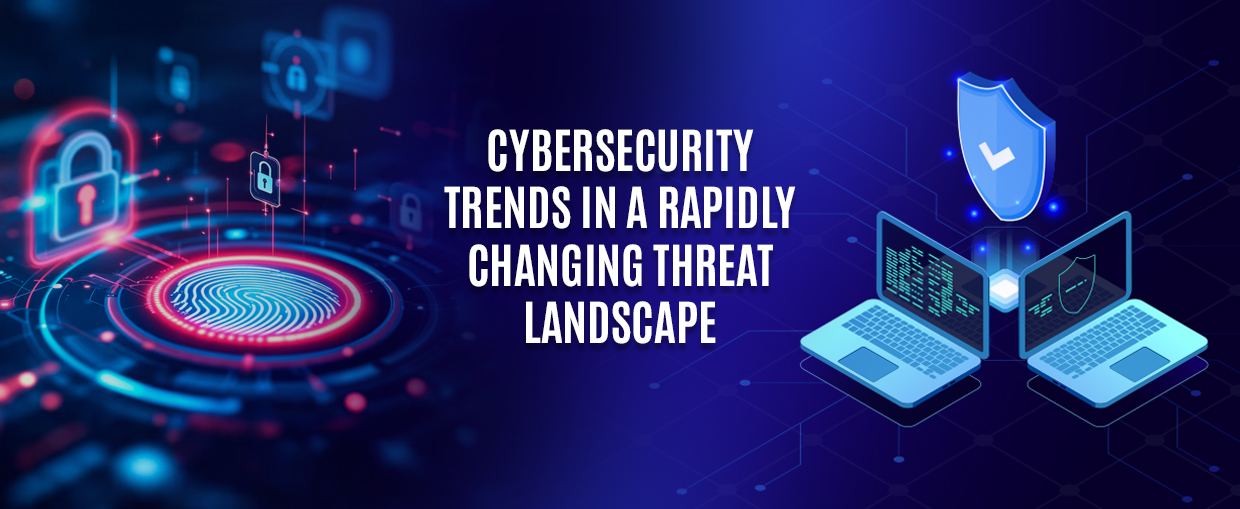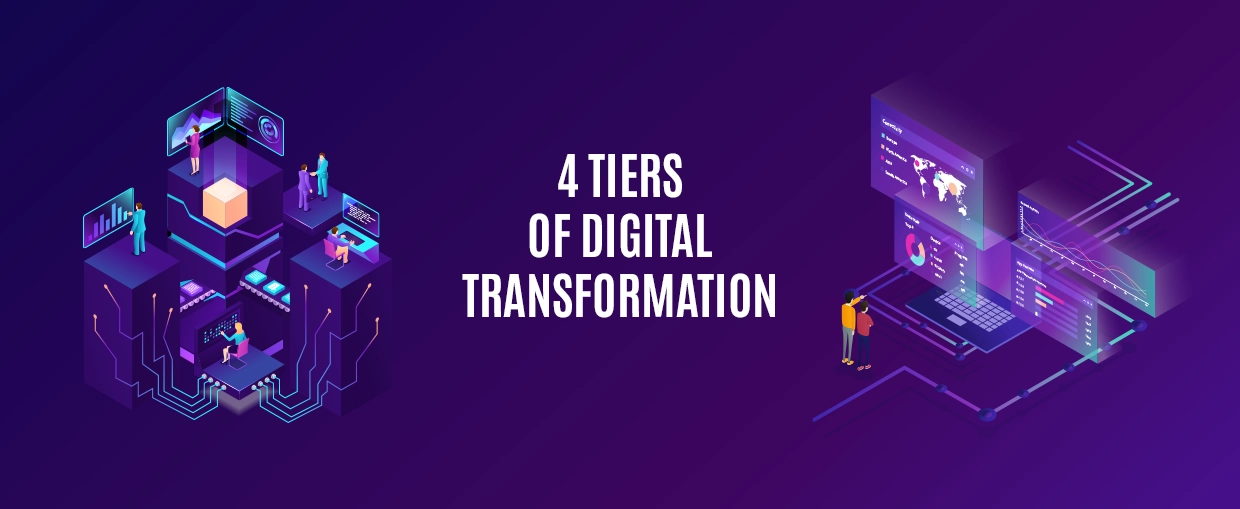In today’s Internet landscape, having an attractive design and excellent content is no longer enough to create a successful website. With almost 2 billion websites available, it’s essential to do everything possible to enhance customer experiences, improve impressions, and increase conversions. However, achieving this can be challenging because there is no such thing as an “average user” as website users are diverse. Fortunately, web content personalization can be an effective website strategy to overcome this challenge. This involves creating digital experiences that are tailored to individual users, and this approach can significantly enhance website performance.
To achieve this you may need to collaborate with a software development company that combines smart website development services with lucid content personalization strategies.
What is Web Content Personalization?
Web content personalisation refers to the practice of tailoring a website’s content to match the specific needs, interests, and motivations of individual users. The goal is to display the most relevant and useful content to each user at the right moment, increasing the likelihood that they will engage with the website and make a positive decision.
By implementing a successful web content personalisation strategy, website owners can provide a customised experience for each visitor, similar to how a salesperson at a bakery might offer a customer their favourite treats and personalised recommendations. This can be achieved through tailored product recommendations, exclusive offers, and special calls-to-action, allowing marketers to craft a message that feels personally created for each visitor. The result is a more engaging and relevant experience for users, increasing the likelihood of conversions and customer loyalty.
Web content personalization has become a standard practice expected by users. In fact, a survey by Epsilon revealed that 80% of customers are inclined to buy from businesses that implement content personalization. Furthermore, according to a recent report 89% of digital companies, including renowned brands such as Netflix, Sephora, and USAA, invest in personalization.
The Role of User data in Web Content Personalization
To provide website visitors with the most relevant content, you can leverage a range of user data signals. These data signals can be collected through different means, such as online forms for registration, feedback, and surveys, as well as wishlists on the website. Additionally, data can be gathered through marketing analytics tools, CRMs, specialized personalization platforms, customer support tickets, website cookies, and browser fingerprinting. It’s important to follow privacy regulations when collecting and using these data signals.
Some examples of user data commonly used for content personalization include geographic location, demographic data, technical data such as device type and browser, traffic source, funnel stage, and user behavior and interactions with the website or emails. This can include visited URLs, time spent on the website, search history, clicked calls to action, submitted forms, previous purchases, and whether the user is a new or returning customer. Additionally, the user’s authentication status may also be taken into account.
Web content personalization involves using various types of data to divide your overall audience into smaller segments or groups that share similar characteristics. By doing so, you can then tailor personalized content to each of these groups. To take this approach further, you may create user personas that represent the needs and characteristics of a particular subgroup within your target audience.
User interface design also plays a crucial role in creating a positive user experience by ensuring that the interface is intuitive, visually appealing, and easy to navigate.
Web Content Personalization: Utilizing Various Website Elements
When aiming to create a personalized message that resonates with website visitors on an individual level, there are numerous website elements that can be tailored. This includes dynamically generated variations of permanent website content sections, as well as personalized pop-ups, navigation, and other components. By using different versions of text and visuals, and even altering the order of content items, all website elements can be personalized to enhance the user experience.
Let’s take a look at some examples of commonly personalized website elements.
- Hero Section Customization
In the realm of web content personalization, the hero section – a prominent banner located at the top of a website – can be utilized to achieve multiple goals. It can greet customers, highlight a specific promotion or service, or share the latest news. Typically, it includes a heading, subheading, a brief message, a visually appealing image, and a clear call-to-action button that leads visitors to specific subpages.
By personalizing hero sections, you can cater to the diverse interests of different visitors. For instance, if a visitor from a particular country is accessing a fashion store during the summer season, they could be shown a hero section promoting trendy sunglasses that can be shipped worldwide. Similarly, a hero section can be personalized to target individuals of a specific profession from a particular geographic location.
- Personalized/ Tailored content recommendations
Web content personalization can help boost user engagement by suggesting blog posts, videos, products, or services that align with the user’s preferences. Recommendations can be based on various types of data, such as the user’s previous content consumption or the industry they work in. By presenting engaging content, visitors are encouraged to stay on the website for a longer duration, providing them with further opportunities to read or view more content.
- Customized Pop-ups
Web content personalization can extend to pop-ups, which can be made more effective by tailoring them to specific users. For instance, a pop-up could be presented to new visitors offering them a discount if they sign up for the newsletter. Alternatively, if there is an upcoming event in the user’s location, a pop-up could be used to inform them about it. Another example of personalization is to entice a user with a discount coupon towards a product or service that they have been exploring within a specific category.
- Customized Navigation Menu
Web content personalization can also extend to the ordering of navigation menus, where the most relevant categories are placed at the top based on the visitor’s interests. This can help visitors easily locate what they are looking for without being overwhelmed by too many options. For instance, if a potential student has recently viewed engineering programs on a university’s website, the navigation menu can be personalized to display engineering programs at the top during their subsequent visits.
- Social Proof Personalization
Users value social proof from other customers who have used a product, service, or technology and share similar characteristics, such as industry, occupation, location, age, or country. To cater to different target subgroups, the social proof section can be customized. For instance, if a company’s target audience includes finance specialists, displaying feedback from customers with this job title first can be more effective.
Conclusion
Leveraging the benefits of content personalization can lead to highly engaging digital experiences and significantly improve your conversion rate.
Looking for a proficient software development company with top-notch digital marketing services? Look no further! We are here to help you. We also offer the opportunity to hire developers who have been specifically selected to meet the unique requirements of your project. Don’t hesitate to reach out to us!









